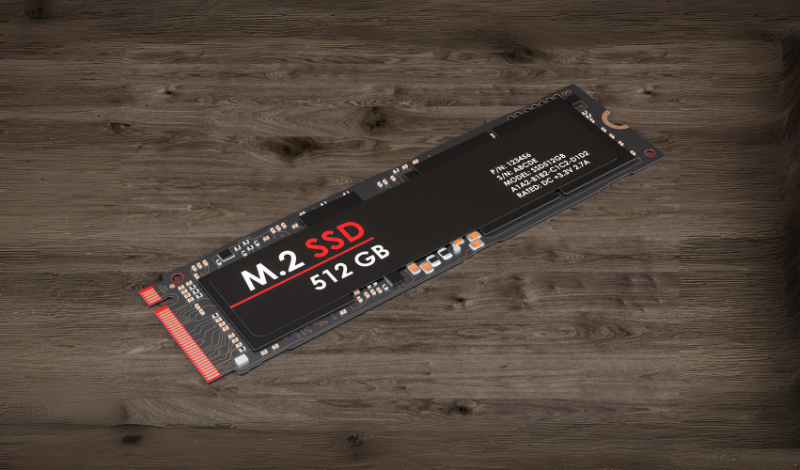Partition Manager for Windows is one of the most effective methods for efficient storage management on a computer, enhancing the performance, organisation, and health of a computer system. Either a Hard Disk Drive (HDD) or a Solid State Drive (SSD); one should know and learn about partitions and management, as well as understand how these work. The EaseUS brand is one of the most trusted solutions, developed by EaseUS, one of the leading software companies providing data recovery, backup, and disk management tools. With a simple interface and powerful features, EaseUS Todo PCTrans. allows easy creation, resizing, merging, formatting, or deleting of partitions without the risk of data loss, thus making it suitable for all user levels.
This guide contains all that you need to know about partitioning assets and formatting them, as regards tools, terminology, and step-by-step instructions.

What Is Windows Partition Manager?
The Windows Partition Manager is a part of the Microsoft Windows operating system, an internal and external disk partition management utility. This is a self-contained tool that enables users to create, delete, resize, and format partitions without using third-party software. To access it, go to your Disk Management Tool through the right-clicked Start menu and click on “Disk Management.”
Users can allocate the space on a drive for the specific purpose of separating system files from personal data, creating backup spaces, and installing multiple operating systems by using this disk partition software for Windows 10 and other versions.
Is It Necessary to Partition an SSD in Windows?
To partition your SSD (Solid State Drive) under Windows is not an absolute must, but it has some advantages. You can set up different partitions for the operating system, applications, and private files. This configuration offers better system management and makes backups greatly simplified. However, with the improved read-write speed and the lack of moving parts with an SSD, the performance gains from partitioning are not as significant as on an HDD. Due to data management, security, and recovery reasons, many users will still partition an SSD.

How Do I Remove Partitions on a Hard Drive?
If you no longer need a partition and want to remove it:
- Open Disk Management.
- Right-click on the partition you wish to delete.
- Select Delete Volume.
- Confirm your action. The space will become “Unallocated.”
- You can now merge this space with another partition using the Extend Volume option.
Note: Deleting a partition erases all data on it. Back up important files beforehand.
Why Would You Consider Changing Partition Layout?
There are several reasons you might want to adjust or change your partitions:
- Running out of space on the system (C:) drive
- Wanting to separate work and personal files
- Preparing your PC for a dual-boot setup
- Creating backup or recovery areas
Windows Partition Manager makes changing partition sizes easy with its Shrink Volume and Extend Volume features, assuming there’s unallocated space adjacent to the partition you want to expand.
Best Disk Partition Management Software
A limitation with the built-in Windows tool is that it can be very powerful. Many hard disk partition utilities and programs are available to partition hard disk drives with advanced features like merging partitions, recovering lost partitions, or managing partitions on dynamic disks.
Top Tools Include:
- EaseUS Partition Master
- MiniTool Partition Wizard
- AOMEI Partition Assistant
- Paragon Partition Manager
These tools often include a driver partition tool, advanced formatting options, and even bootable media to make changes outside of Windows.
Conclusion
The Windows Partition Manager offers an intuitive interface and is a crucial program for organizing and managing storage on your computer. You can use the tool to partition an HDD or SSD, format drives, resize or allocate space, making those improvements in system performance relatively easier. In much the same way that Coupons Turbo store helps to look for the best offer on brands, thereby helping you save on your purchases, the Partition Manager allows you to get the best out of your device’s storage and keep everything running smoothly and efficiently. You can browse our other categories for software and tech brands for more deals.
FAQs
What is a disk partition?
A disk partition is a defined section of a hard disk or SSD acting like a separate storage space. Data can be organised this way, multiple operating systems can be installed, or files can be managed better. Each partition works independently with its file system.
How do I create a partition?
To create a partition, open Disk Management in Windows, right-click on unallocated space, select “New Simple Volume,” and follow the setup wizard to assign size, drive letter, and format the partition.
What does partitioning the hard drive mean?
Indeed, this partitioning helps to segregate the data, to install several operating systems, or to separate those system files from personal files and outside this would be treated just like an individual drive.


